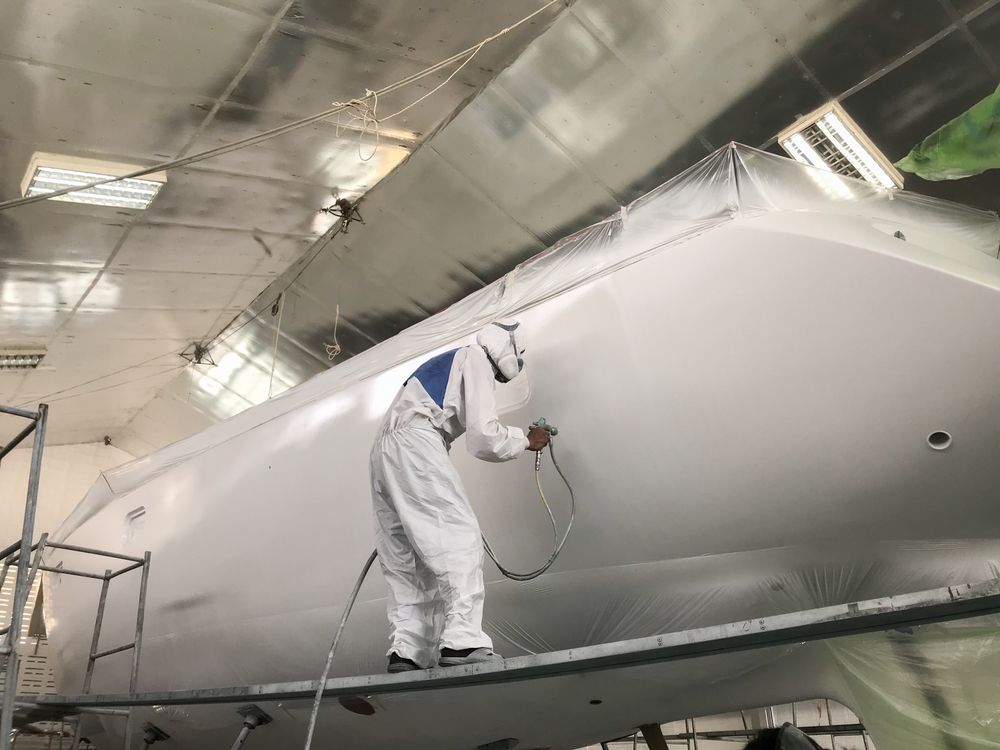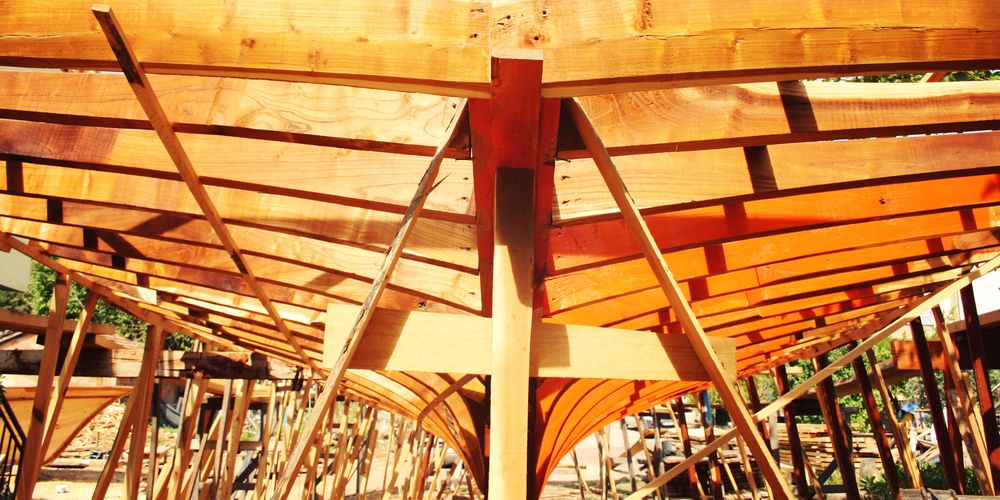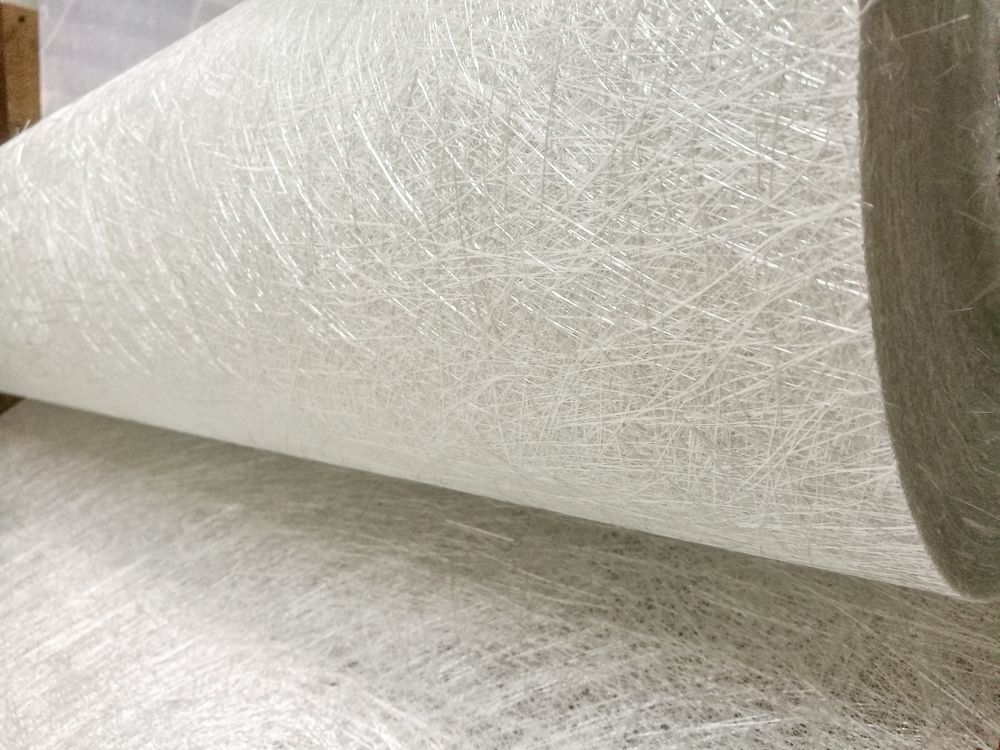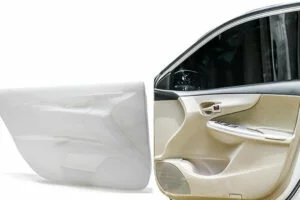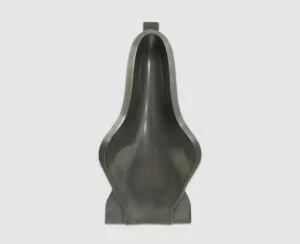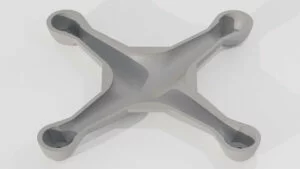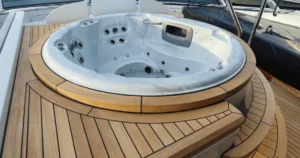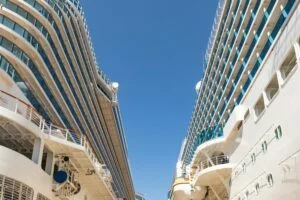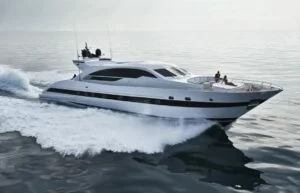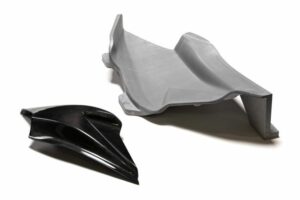This 3-part boatbuilding blog delves into the latest techniques and materials boat builders use for contemporary boat manufacturing.
Evolution in Boat Building :
At its core, boat making has traditionally involved a lengthy process of assembling different components of wood and steel to create a framework, which is then covered with a hull to form the boat.
Modern boat building initially shifted from predominantly wooden construction to mostly fiberglass construction. The next major transformation was utilizing innovative materials and techniques beyond traditional fiberglass methodologies.
Boat construction is evolving, with fiberglass-reinforced plastic (FRP) remaining a constant. While fiberglass was initially made of glass fibers, it has since progressed to include synthetic plastics like Kevlar and carbon fiber. The need for lighter and stronger boats, driven by the energy crisis, led to the adoption of more advanced materials. Boat builders have drawn from the knowledge of other industries like aircraft and aerospace, where strength and lightweight are paramount.
More recently, there have been groundbreaking innovations in boat building and fabrication materials driven by the demands of sustainability, performance, and exploration.
How to Select the Right Fiberglass Resins or Fabrics for Boat Building
In the world of boat building, the choice of materials plays a crucial role in determining the vessel’s performance, durability, and overall success. Fiberglass, resins, and composite materials have emerged as the backbone of modern boat construction, offering a combination of strength, lightweight, and versatility that far surpasses traditional materials like wood and steel.
Varieties of Fiberglass Resins
In boatbuilding, the three main resins employed are polyester, vinyl ester, and epoxy. Choosing the appropriate resin that matches the reinforcing material is crucial to ensure that the strengths are aligned. For example, vinyl ester resin is optimal for S-glass, but it will fail before the resin when combined with E-glass.
Polyester
This resin is widely recognized by boat owners as the most commonly used in boatbuilding today. It is usually all-purpose and low-cost, with low stretch (elongation) properties. Due to its low stretch properties, it’s not used on modern, high-speed boats, yet it is adequate for most vessels. Orthophthalic polyester is common, but isophthalic-based polyesters are gaining popularity due to their improved resistance to water, chemicals, and abrasion. Isophthalic resins also have better impact resistance and fatigue performance. Most modern gel coat finishes are now made using isophthalic resins.
Vinyl Ester
Vinyl esters, an alternative to polyesters, have superior stretch properties, allowing them to match the strengths of various exotic reinforcements closely. Vinylester features excellent water resistance as well as fatigue properties. There is a caveat: it is more pricey than polyester resin. An integral attribute of vinylester is its unparalleled secondary bonding strength, which facilitates a better bond for bulkheads or stringers added to a cured hull than on a polyester hull.
Epoxy
Epoxy is a high-performance resin that is typically the superior option. While early epoxies were thick and difficult to work with, there are advanced epoxies that are more liquid and easier to manipulate. Epoxy stands out from other resins in its ability to adhere to an extensive range of materials and is, therefore, a top choice for attaching cores, stringers, or other items.
Kinds of Fiberglass Cloth
The most common cloths are woven fabrics using continuous strands, and their weights range from four to fifteen ounces per square yard (113-425 grams per 91cm).
Fiberglass materials can come in heavier weights, which are typically referred to as roving or woven roving. These are made up of untwisted yarns of fiber that can weigh up to 48 ounces per yard (1.4kg per 91cm). After production, the roving takes on a burlap-like appearance and has bi-directional solid properties. Different weave patterns, including twill, satin, and matt, are available in lighter cloth weights for specific purposes.
E-Glass
This fiberglass cloth is known as the most widely used fiberglass cloth in the boatbuilding industry. Easily accessible, E-glass can be purchased at a marine supply store and bonded with a polyester resin. The process of creating E-Glass involves melting plastic and then spinning it into fine fibers. These fibers are then woven into cloth or gathered loosely to form roving.
S-Glass or R-Glass
This high-performance fiberglass cloth originates from the aircraft industry. It is three to five times more expensive than E-Glass, yet its price tag is accompanied by its greater strength. S-glass has 20 to 40 percent higher tensile, impact, and flexural strength than E-glass. S-Glass comes in two types: S-1, which meets aerospace standards and is expensive, and S-2, which is used in the marine industry. (S-Glass is called R-Glass in Europe.)
Mat
E-glass mat typically comprises random two- to three-inch (5-7.6cm) fibers held together by a binder that can be dissolved in resin. The primary use of mat is to add thickness and rigidity to fiberglass layups, and it can also help prevent “print-through” where the weave of roving is visible on the outer layer of the hull. However, it tends to absorb much resin and could be stronger considering its weight.
Uni-Directional Fibers
This is a new advancement in materials used for reinforcement, consisting of uni-directional strands of fiber that are held together by individual threads that are either sewn or glued horizontally, similar to a bamboo fence held together by a handful of wires. Possessing an extremely high degree of directional strength, uni-directional fibers can be used selectively in areas where specific loads are present. As it is not woven, no creases or folds make it easier for boatbuilders to saturate with resin since it doesn’t trap air like cloth fabrics.
Bi-Axial Fibers
While most cloth is technically bi-axial, the contemporary definition refers to a fabric created by layering uni-directional cloth without interweaving it. Each layer is stacked on top of the previous one, resulting in a smooth band of fibers without creases or kinks.
Tri-Axial Fibers
This material comprises multiple layers, similar to bi-axial cloth, but with fibers oriented in three directions, often at 120-degree angles, to evenly distribute the loads.
Understanding the properties and applications of these materials empowers boat builders to make informed decisions that align with the specific requirements of each vessel. As boat-building technology continues to evolve, new and innovative materials emerge, offering even greater possibilities for creating lighter, stronger, and more sophisticated boats that navigate the world’s oceans with grace and efficiency, shaping the future of marine transportation and exploration.
As we delve into the next chapter, we’ll explore the cutting-edge manufacturing techniques and innovative designs that are transforming the boatbuilding industry, shaping the future of marine transportation and exploration.


